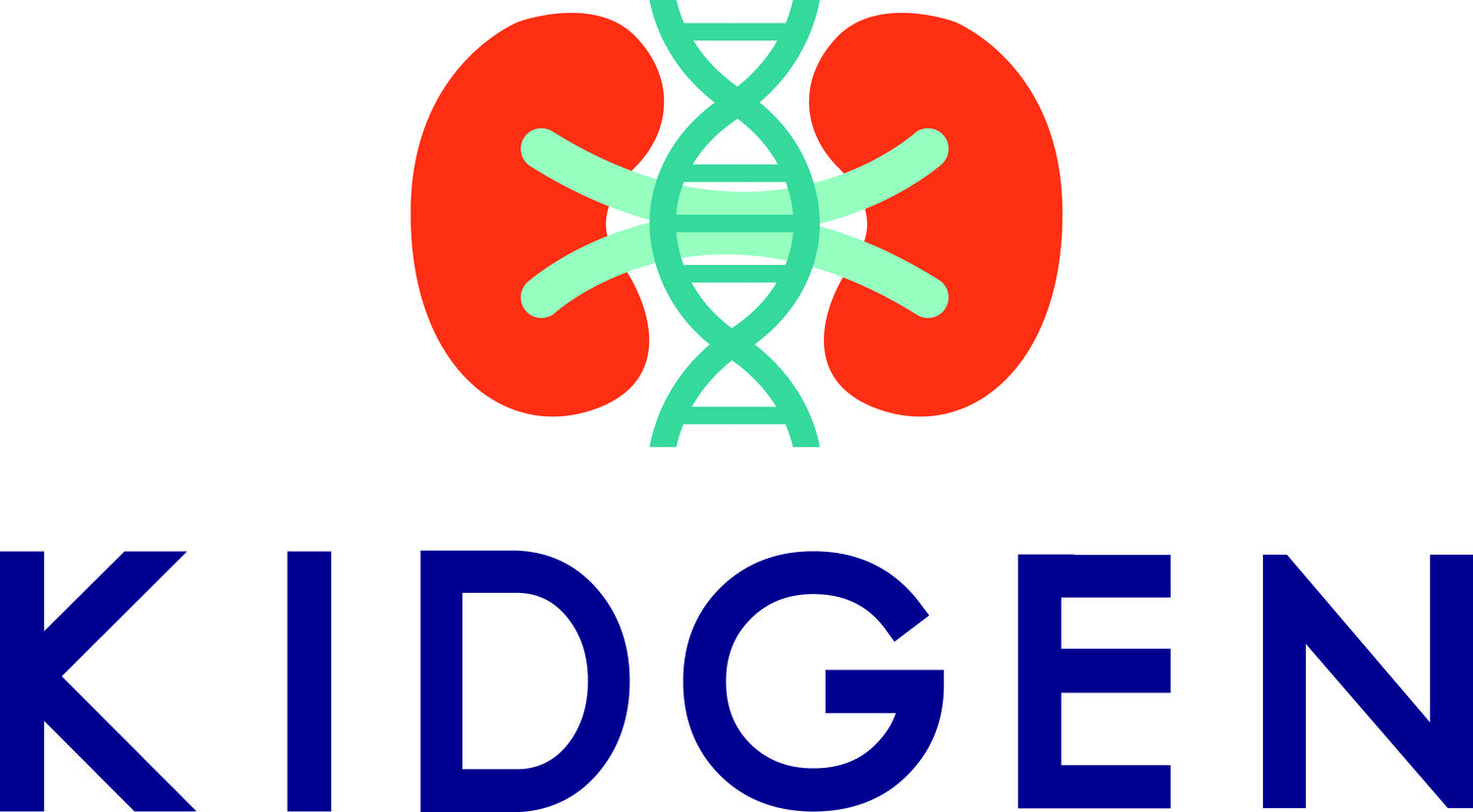Glomerular
-
Glomerular diseases are traditionally classified as either nephrotic or nephritic based on the clinical features.
Nephrotic syndrome is associated with albuminuria resulting in hypoalbuminemia and oedema, whilst Nephritic syndrome more commonly presents with haematuria and hypertension.
Where nephrotic syndrome is linked with podocyte injury, immunological and environmental factors, nephritic syndrome is associated with glomerular inflammation resulting from either primary kidney pathologies or as a consequence of other systemic disorders such as systemic lupus erythematosus .
However, both syndromes can have an underlying genetic cause with pathogenic variants in several genes identified to date. Genomic testing has been shown to be of particular benefit in diagnosing both steroid resistant nephrotic syndrome with several studies demonstrating a consistent diagnostic yield of ~30%; as well as Alport syndrome (also known as hereditary or familial nephritis), where a 55-80% diagnostic yield has been reported.
-
Steroid resistant nephrotic syndrome in children is defined as a lack of clinical response to 4-6 weeks of daily prednisone at a dose of 60mg/m2/day. The disease affects 10-15% of the 4.7 per 100,000 children diagnosed world-wide with nephrotic syndrome. Around 30% of cases are genetic in nature, with more than 70 genes currently identified, whilst non-genetic causes are thought to be a circulating factor. A genetic cause should also be considered in young adults with nephrotic syndrome, especially if there is a positive family history, lack of clinical response to steroids, and/or histological changes. Common histological changes include focal segmental glomerulosclerosis (FSGS) in 35-55% of patients, idiopathic mesangioproliferative glomerulonephritis in 10–15%, and minimal change disease in 25-40%. Approximately 50-70% of patients show complete or partial remission following treatment with a calcineurin inhibitor (either ciclosporin or tacrolimus), however 36-50% of patients progress to ESKD within 10 years.
Patients with non-genetic causes of SRNS have a 30% risk of recurrent focal segmental glomerulosclerosis in the transplanted kidney, whilst there is no risk of recurrence in patients with genetic disease.
Alport Syndrome
-
Alport syndrome (AS) is diagnosed in approximately 30-50% of children presenting with persistent haematuria. It is further characterized by progressive renal failure with typical ultrastructural changes in the glomerular basement membrane, hearing loss, and a variety of ocular defects. Progressive sensorineural hearing loss usually occurs by late childhood or early adolescence, with ocular involvement only developing in rare cases.
Alport syndrome arises from pathogenic variants in any of the three genes encoding type IV collagen synthesis, and the sub-types are classified according to the affected gene and mode of inheritance.
There is currently no specific treatment for any of the three subtypes, with symptom management focused on slowing the progression of kidney disease the main objective of care. Early commencement of ACE inhibitors is associated with a slower progression of kidney disease. Understanding the genetic nature of the condition greatly assists with transplant planning, predicting disease progression and donor identification.
Click on each subtype to learn more.
-
X-linked Alport syndrome is the most common form of Alport syndrome, accounting for 80% of all cases.
Incidence is estimated at 1 : 500050 with the disease linked to pathogenic variants in the COL4A5 gene, which is located on the X chromosome. This means that all males with a pathogenic variant will be affected by the disease, whilst females can act as carriers and be affected to varying degrees.
However, being an X-linked disorder, affected males are unable to pass on their variant to their sons as they will not receive the affected X-chromosome from their father. They will however pass on the condition to all of their daughters, and X-linked Alport disease is reportedly underdiagnosed in women.
The main difference between the sexes is the rate of disease progression. The probability of developing end-stage kidney disease before age 40 is around 12% in females versus 90% for males. At age 60, the risk is only slightly higher for women, whilst 100% of untreated men are likely to be already affected by the same age.
-
Autosomal recessive Alport syndrome can often be difficult to distinguish clinically from X-linked disease, especially in males where haematuria can be present from infancy with both modes of inheritance.
The family pedigree can be a strong indicator, as recessive disease affects males and females with equal frequency and severity. Renal failure is also typically found in only the one generation, unless multiple instances of consanguinity are present. Recessive disease arises where there are two pathogenic variants in both alleles of either the COL4A3 or COL4A4 genes.
Approximately 15% of all Alport cases are autosomal recessive, with carriers often experiencing haematuria.
-
Unlike the recessive form of the disease, autosomal dominant Alport syndrome requires only a single variant in either of the COL4A3 or COL4A4 genes.
Dominant disease accounts for approximately 5% of all Alport cases, and most cases will have an affected parent, although the variant can arise de novo.
Renal manifestations are generally milder and more slowly progressive compared to X-linked and recessive patterns of inheritance, with the median renal survival age reported at 70 years.






